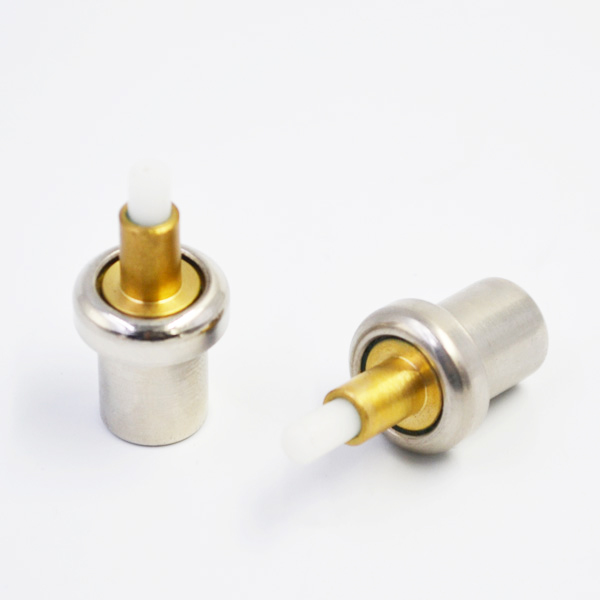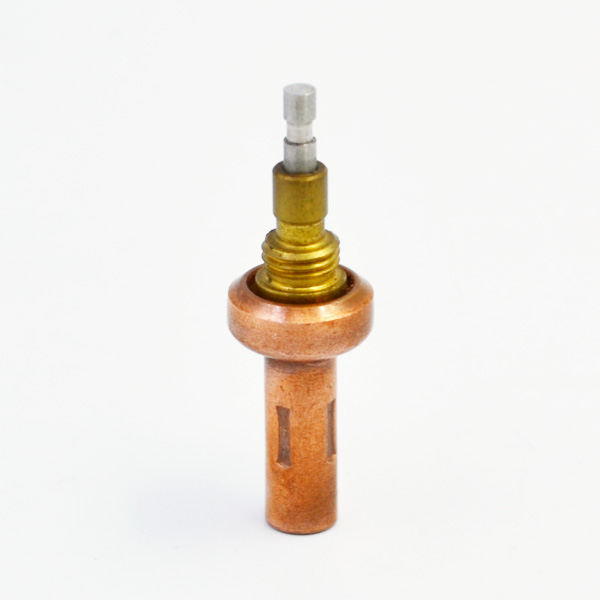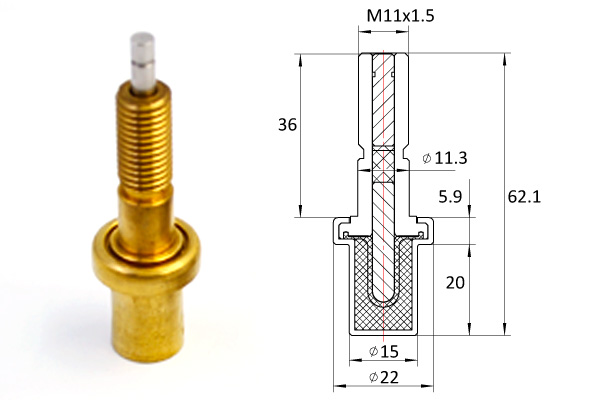AGV path navigation algorithm is one of the key issues to improve the efficiency of AGV operation.
In order to avoid AGV deviating from the established path due to the influence of external uncertainties in the operation process, this paper designs a PID controller for differential drive four-wheel AGV, which can accomplish the task of automatic deviation rectification.

Firstly, the kinematics model of AGV is established, and the relationship between position deviation and angle deviation and speed difference of left and right driving wheels and output voltage of motor is analyzed. Then, with position deviation and angle deviation as input and speed difference of left and right driving wheels as output, a PID controller is designed to control the movement path of AGV. Finally, the effectiveness and robustness of the PID control algorithm are verified by comparing the PID control with the conventional closed-loop control by MATLAB simulation. With the progress of science and technology, AGV (Automated Guided Vehicle), as an integrated control system integrating sensor technology, human-machine technology and motion control technology, has been widely used in many fields, such as industry, agriculture, logistics and military, and has become the key equipment in the intelligent system of assembly line, flexible manufacturing and warehousing logistics. One of.
The environment of industrial AGV operation is complex and diverse. In order to complete the task quickly, accurately and safely, motion control technology has become the key research technology of AGV path planning and path tracking.
AGV is a kind of highly non-linear complex system with strong coupling and time-varying. It is easy to be disturbed by many non-linear and uncertain factors during operation. It is very difficult to establish an accurate mathematical model [2]. In order to improve the control performance of AGV control system, this paper uses the algorithm of PID control.

The position deviation and angle deviation of the input variables are used in the driving process of AGV, and the speed difference of the left and right driving wheels is used in the output variables. The PID controller is designed to correct the deviation of the driving path quickly and accurately.
The research object of this paper is four-wheel AGV with two-wheel differential steering.

The front two wheels of AGV body are free wheels, and the rear two wheels are independent driving wheels. Because the change of AGV motion state is mainly realized by adjusting the wheel speed of left and right driving wheels, the motion model of AGV is simplified to that of right and left driving wheels without affecting kinematics analysis. As shown in Figure 1.

According to the simplified model, the coordinate system is established. In the figure, xoy is a plane coordinate system. O1 and O2 are the center of the left and right driving wheels and the axis of the left and right driving wheels respectively.
O3 is the instantaneous center of the motion around the body. O1O2 is the axle spacing of two wheels, and its length is D. Vl, Vr and V0 are the speed of the left and right driving wheels and the center of the car body respectively. The speed of the center of the car body represents the speed of the car body, and the direction represents the direction of the car body. R is the instantaneous turning radius of the car body.
Consider the angle between the driving direction and the x-axis. Let W be the instantaneous angular velocity. By changing the relationship between Vl and Vr, thermostatic element the motion mode of differential drive AGV can be changed. After a short period of time t, the center of the car body moves from O0 to the state shown in Figure 1. It is assumed that the deviation distance in the direction of car body motion is L and the angle deviation is beta. After t-moment, the angle between the direction of the car body motion and the x-axis is gamma.
To sum up, the instantaneous turning center angle of the car body is equivalent to the angle deviation beta in the course of the car body movement. In order to accurately describe the relationship between the speed difference of left and right wheels and the angle deviation and position deviation in the course of AGV motion, the dynamic response state equation of the system is established by combining the motion deviation equation with the voltage and transfer function of the driving system. Formula: K is a constant related to the electromotive force of the motor; U is the armature voltage of the motor; and Tm is the time constant of the motor. When AGV is disturbed by the outside world and deviates from the predetermined driving path, the control system receives the voltage signal from the deviation distance feedback, changes the armature voltage at both ends of the motor to adjust the speed of the left and right driving wheels, and corrects the position deviation and angle deviation of AGV. Thus, through the transfer function, the speed difference between the left and right driving wheels can be controlled by changing the voltage variation, so as to realize the purpose of differential steering and rectification. The relationship between voltage increment and operation deviation is shown in Fig. 2. By establishing the state equation of the whole control system, it can be seen that the position deviation and angle deviation of AGV trajectory have complex non-linear relationship with AGV trajectory.
At the same time, the relationship between input voltage and angle deviation and position deviation can also be clearly shown from the state equation, which provides a theoretical basis for the design of the controller. The input variables of the controller are position deviation L and angle deviation beta[5]. PID controller is used to control the driving motor of AGV to adjust the speed of the left and right driving wheels, and to adjust the position and angle of AGV, so as to achieve the purpose of rectifying deviation. The position and angle deviations can be calculated by formulas (5) and (6). When the axle center of AGV body is on the left side of the driving direction center, the L value is negative, and vice versa; when the angle deviation beta is clockwise, it is negative, and vice versa. In Atlab/Simulink, the simulation model of the PID controller is established, as shown in 3. The block diagram of the system is composed of conventional closed-loop controller and PID controller.
The input signal of the system is unit step signal. The simulation curves are obtained by simulation, and the simulation curves of conventional closed-loop controller and PID controller and fuzzy PID controller are compared. The simulation results of the error response of the control system are shown in Fig.

4. By comparing the simulation curves of the system, it can be seen that the stability of the PID control system is better than that of the conventional closed-loop control system. In the system, the PID control algorithm is used to improve the anti-interference ability of the system and reduce the oscillation amplitude. The calculation shows that the overshoot of the error response of the PID controller is about 3% and the response time is 0.5s. Compared with the conventional closed-loop control, the overshoot of the system is reduced, the response time of the system is shortened and the control performance of the system is improved. The dynamic simulation of the PID control algorithm by MATLAB software verifies the efficiency of the PID control algorithm, improves the robustness of the control system, and provides a theoretical reference for the correction of deviation in the course of AGV motion.
